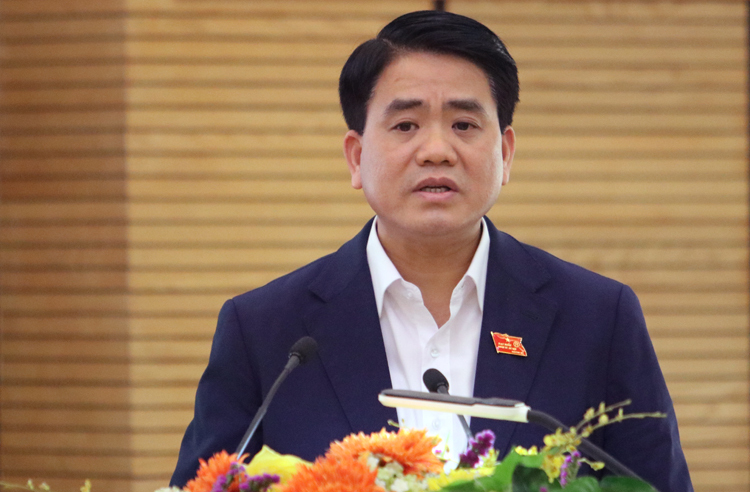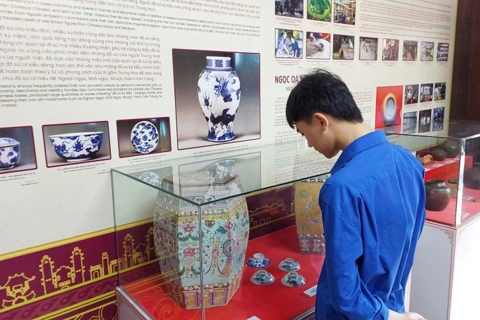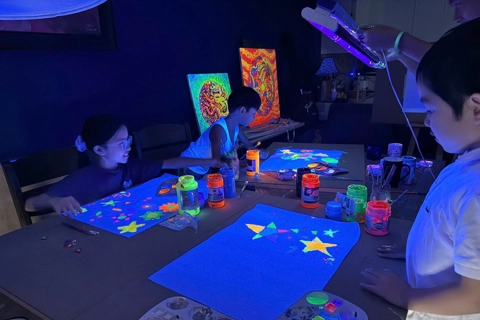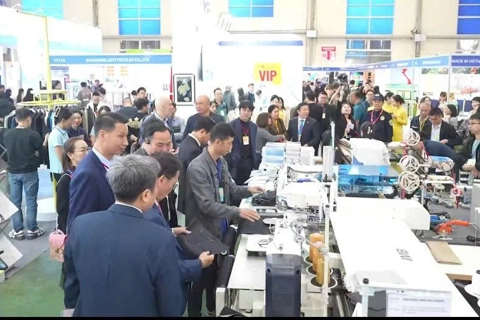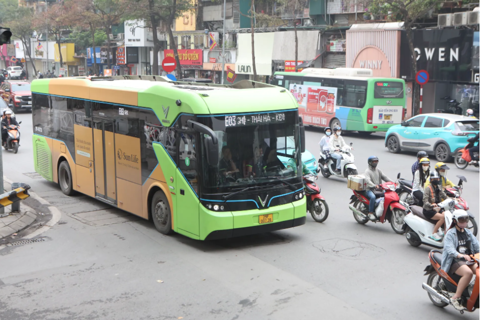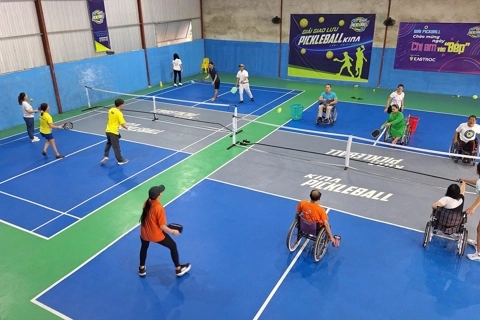No technology can radically clean Hanoi's polluted river if sewage not treated: Mayor
The Hanoi government has attempted to clean the city's heavily polluted river many times over the last decade.
Some 180,000 cubic meters of waste water are discharged daily into Hanoi’s To Lich river, which is heavily polluted, thus no technology can clean the river’s water without a separate sewage collection system, VnExpress quoted Chairman of the municipal People's Committee Nguyen Duc Chung as saying.
In early July when Japan-Vietnam Environmental Improvement Company (JVE) was piloting the water purification in To Lich river with nano-biotech, the city's authorities discharged water from the West Lake, which was about to burst by that time due to heavy rain, into the river and thus washed away the experiment results.
Chairman of the Hanoi People's Committee Nguyen Duc Chung. Photo: Vo Hai |
"I confirmed that before discharging the West Lake’s water, JVE was fully informed," Chung said, adding that at the end of October, he chaired a meeting with the relevant units about the nanotechnology application.
At this meeting, the Hanoi government requested the Japan Environment Business Organization (JEBO) to provide documents on technical standards related to the nanotechnology, technology certificate by the Japanese government or a competent authority, records of works processed by nanotechnology in Japan and other countries, among others.
The Hanoi government has also assigned the municipal Department of Construction to proposed a lake in the city so that JEBO can pilot water purification, odor and mud treatment by nano-bioreactor technology. Then, scientists, domestic and foreign experts, the municipal departments would evaluate the test results, Chung noted.
He stressed that the municipal government is building a wastewater treatment site in Yen Xa, south of Hanoi, with a capacity of treating 270,000 cubic meters per day and a sewage collection system of about 200 kilometers. It is expected that in the second quarter of 2022, the site will be put into operation to treat a part of domestic wastewater for the districts of Dong Da, Ba Dinh, Tay Ho, Cau Giay, Ha Dong, Hai Ba Trung and Thanh Tri.
Until the site becomes operational, the Hanoi government will cooperate with a number of scientific centers to analyze wastewater samples to find solutions to pollution and bad smell.
The To Lich river, which connects to the West Lake, is one of the capital's main bodies of water. As a consequence of rapid urbanization and ineffective management, the river has been heavily polluted by untreated household and industrial waste.
The river has become infamous for its contaminated water and pungent smell. The Hanoi government has attempted to clean the river many times over the last decade but no concrete projects have been put forth.

